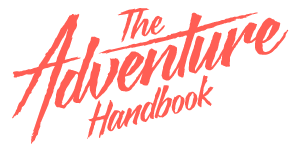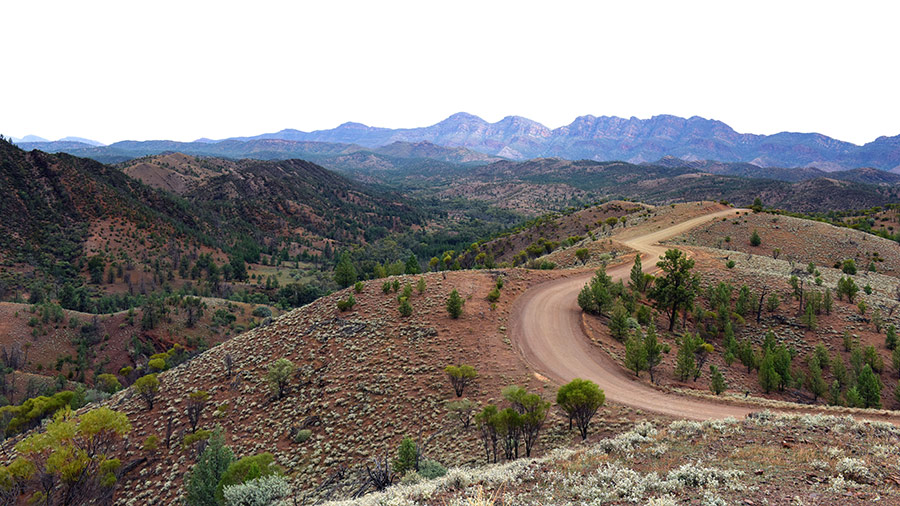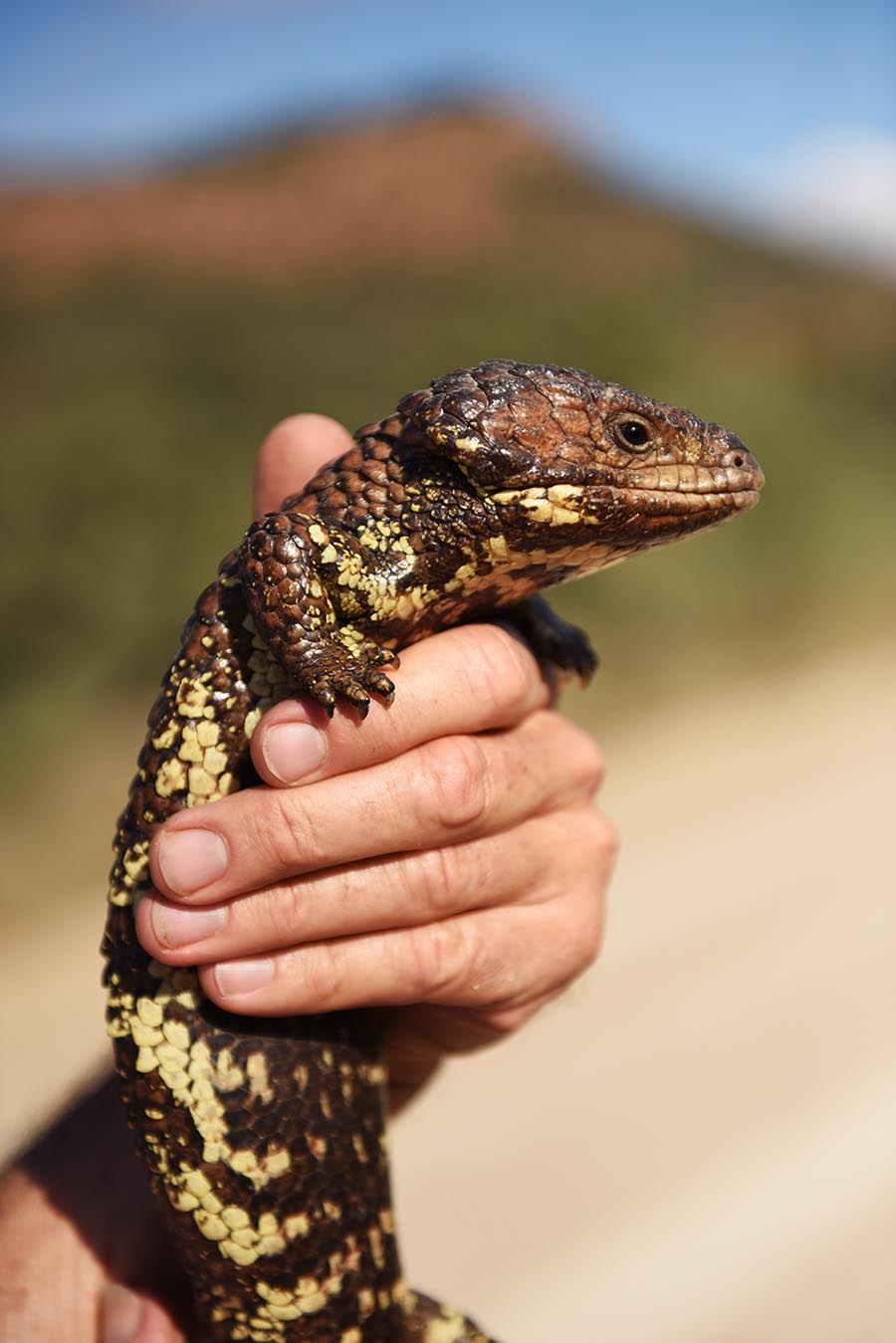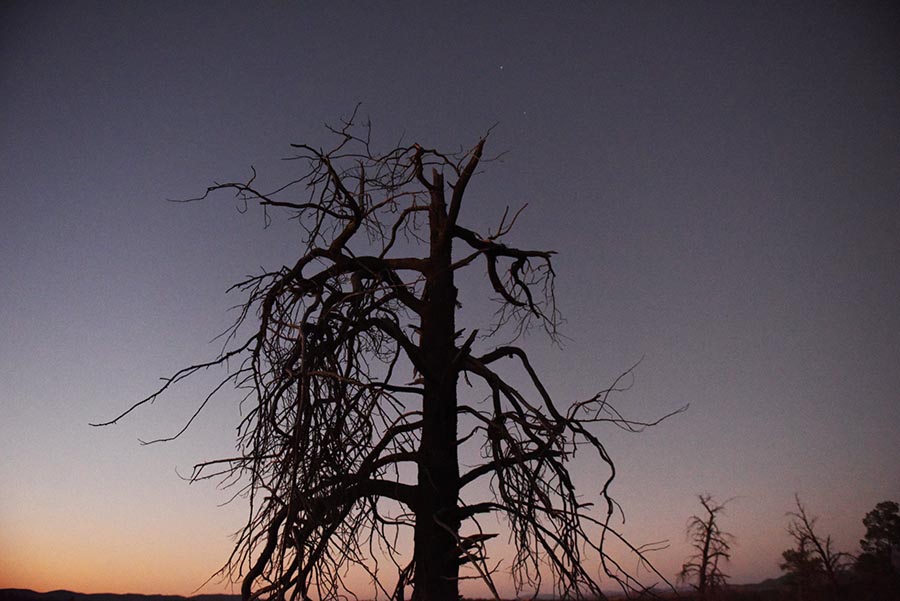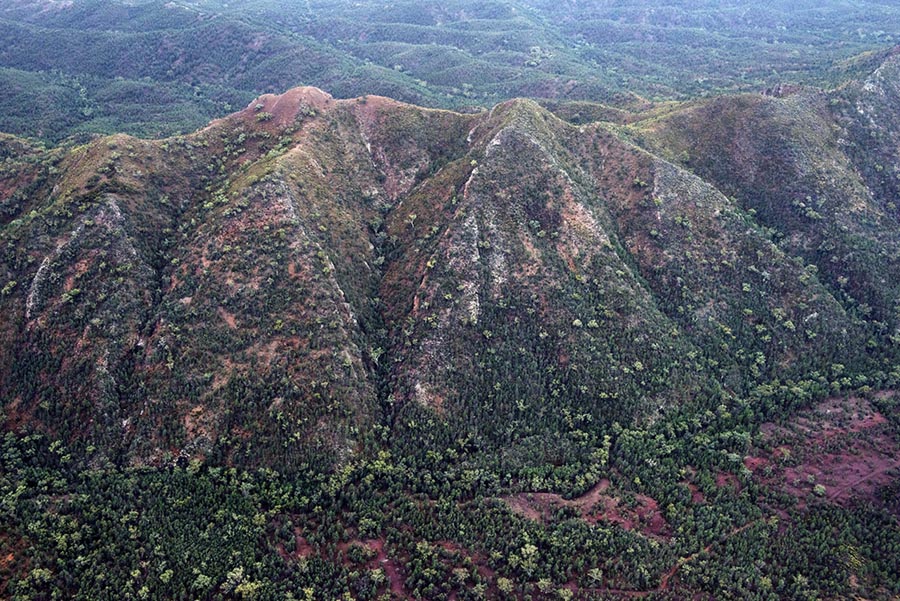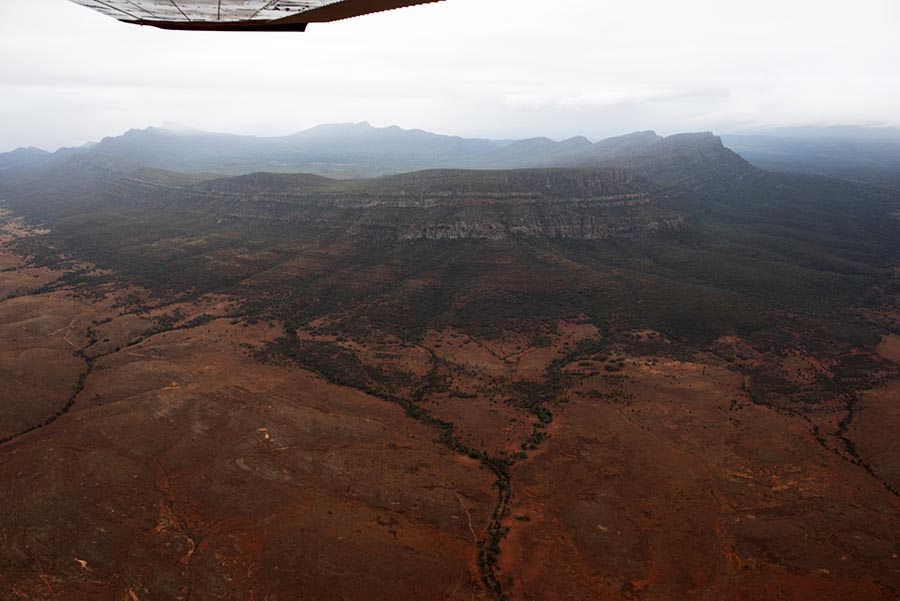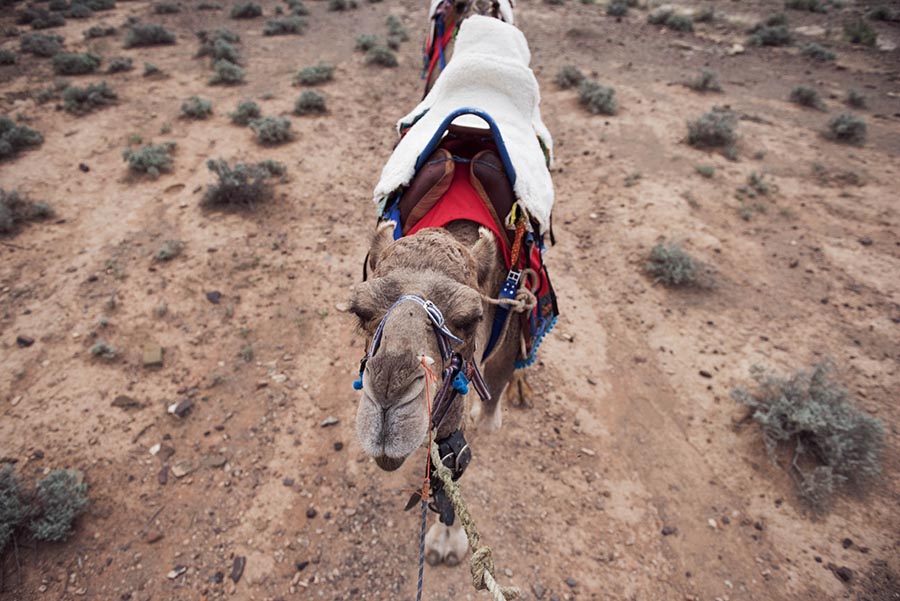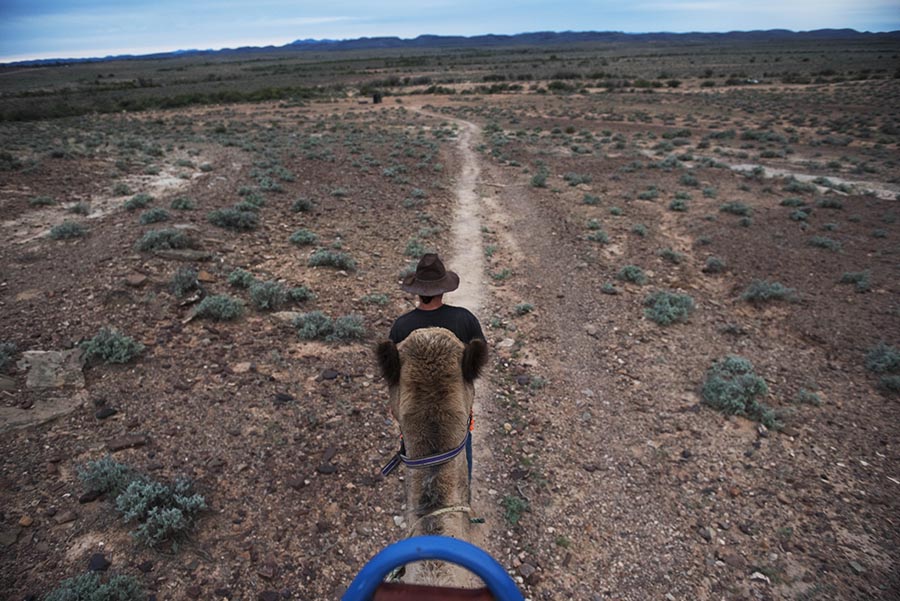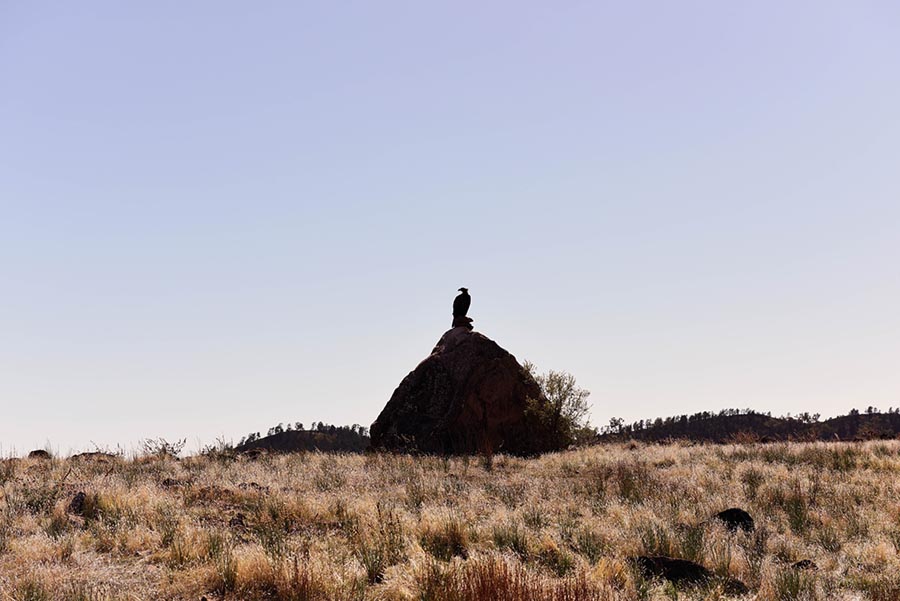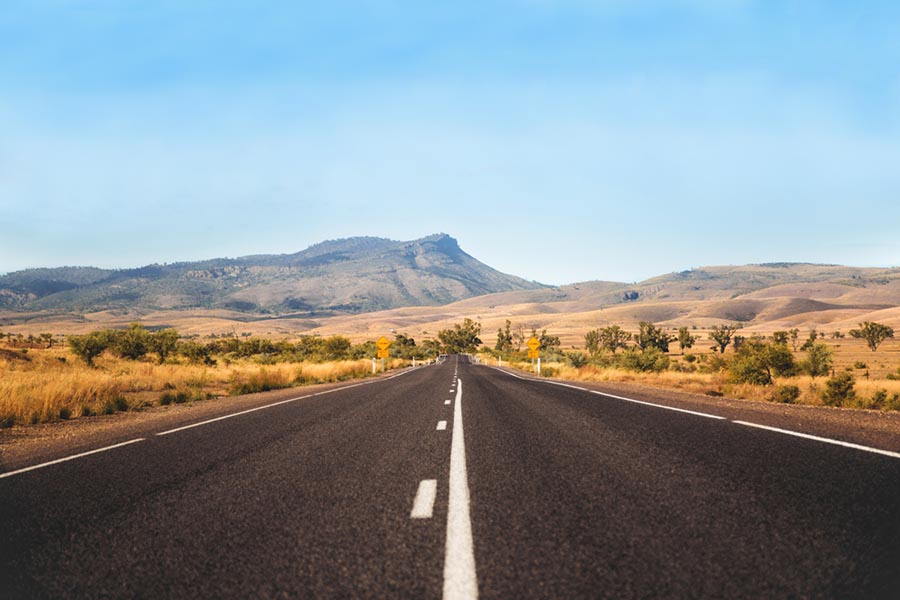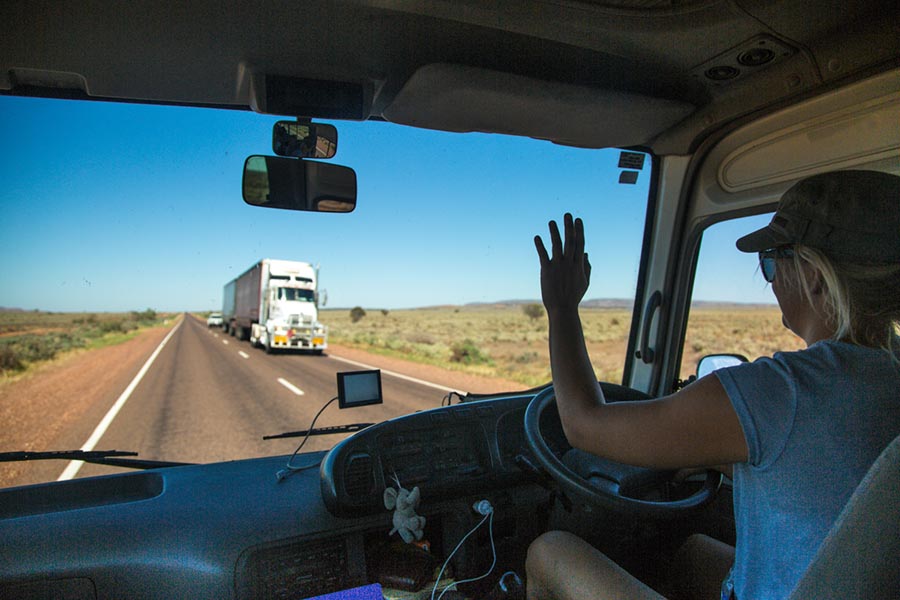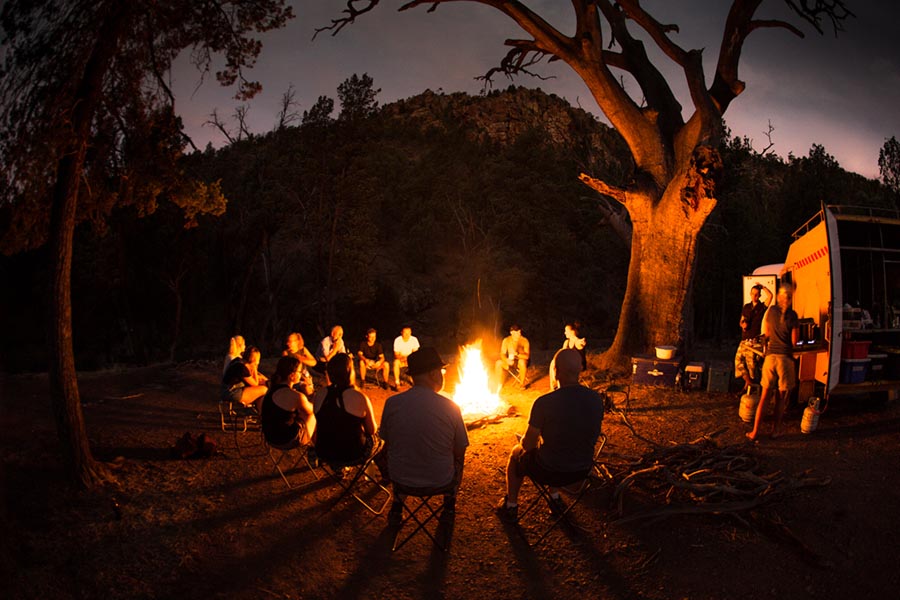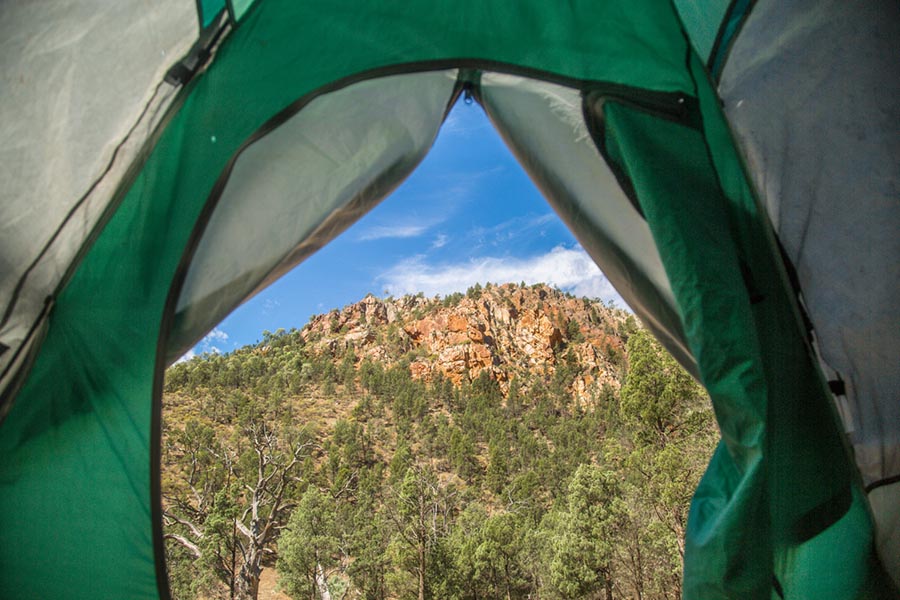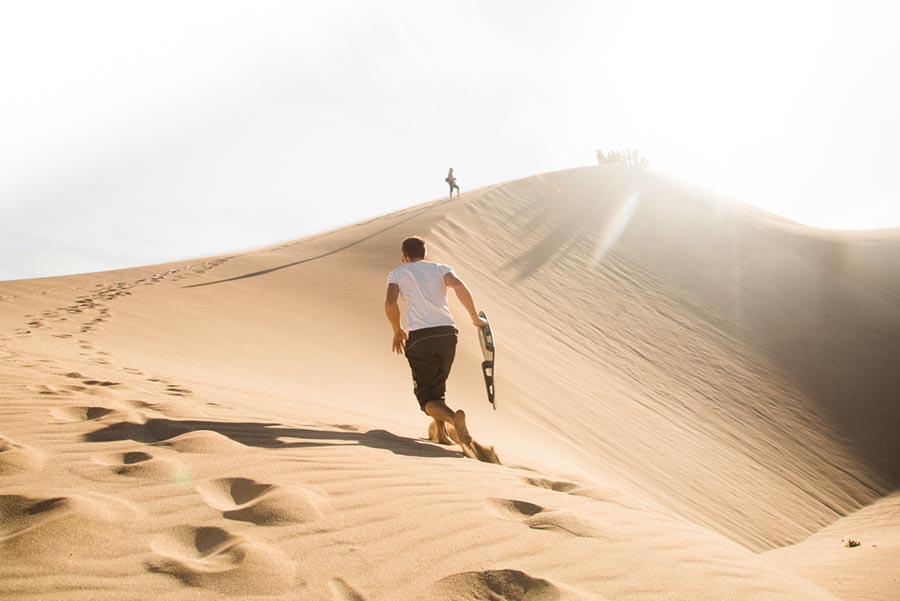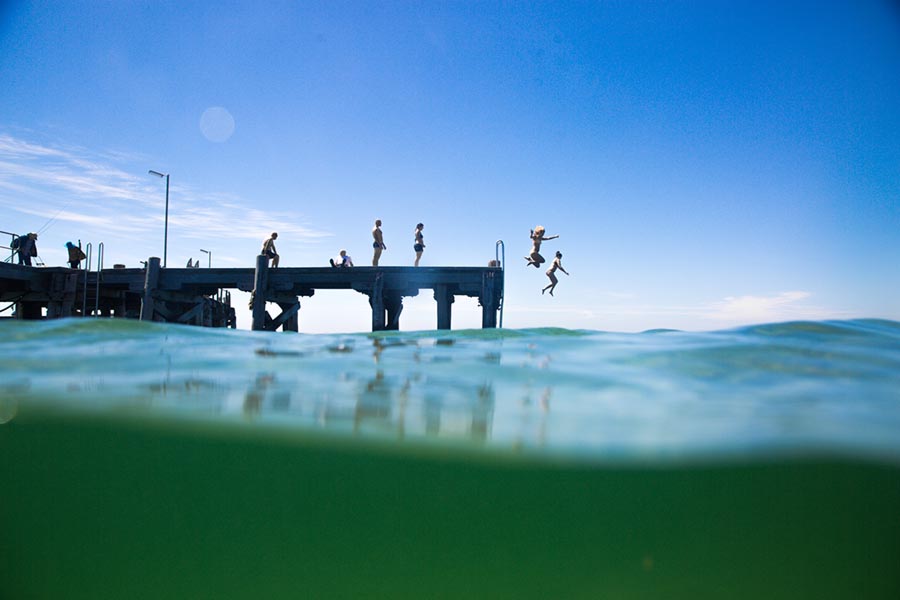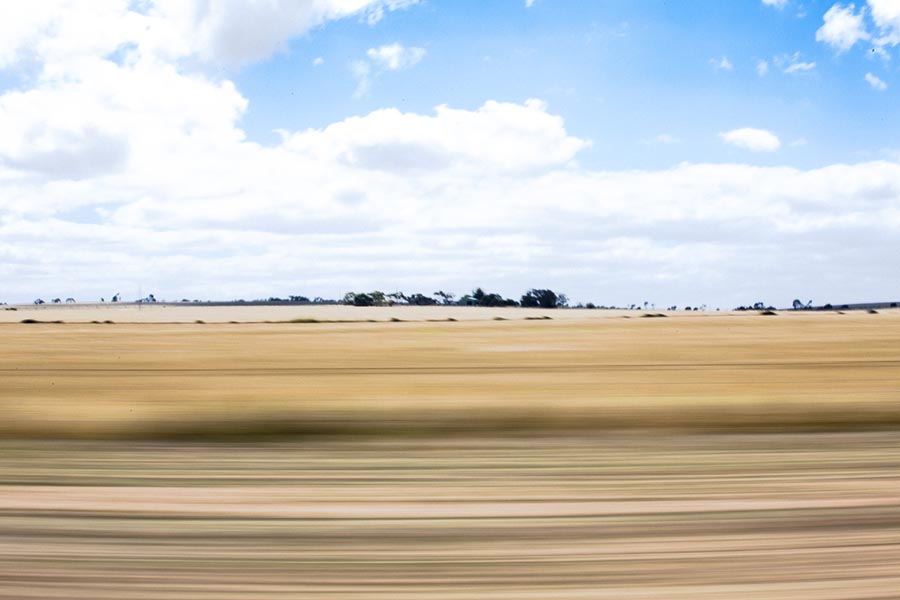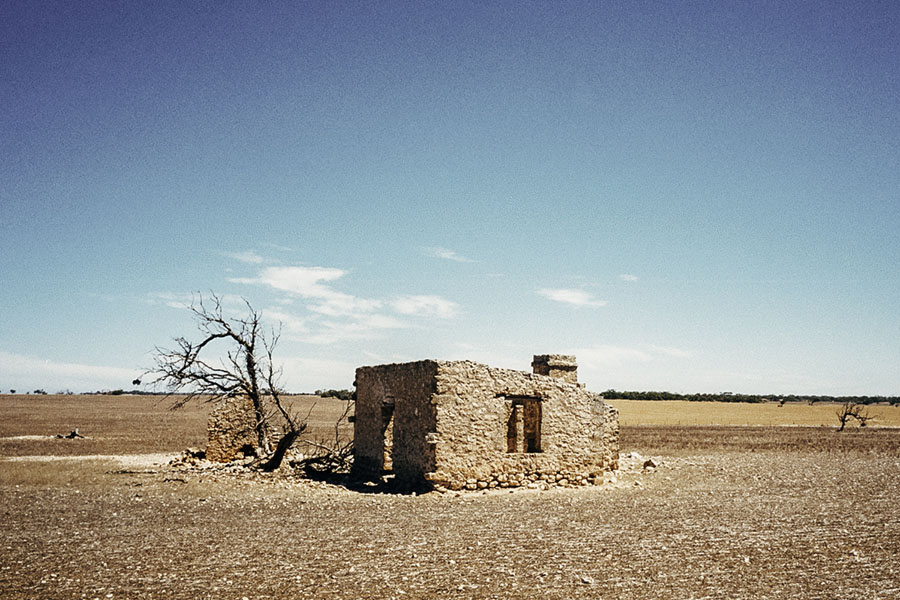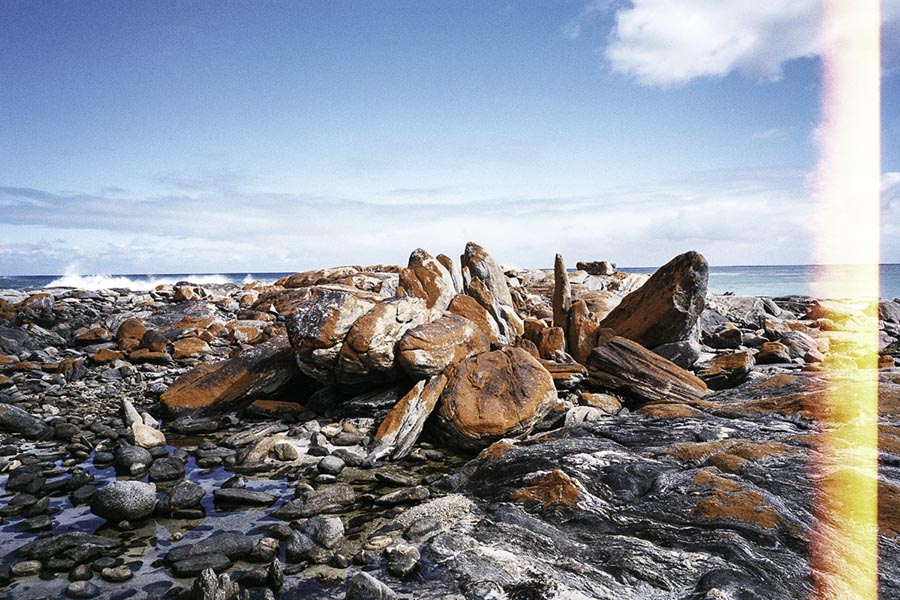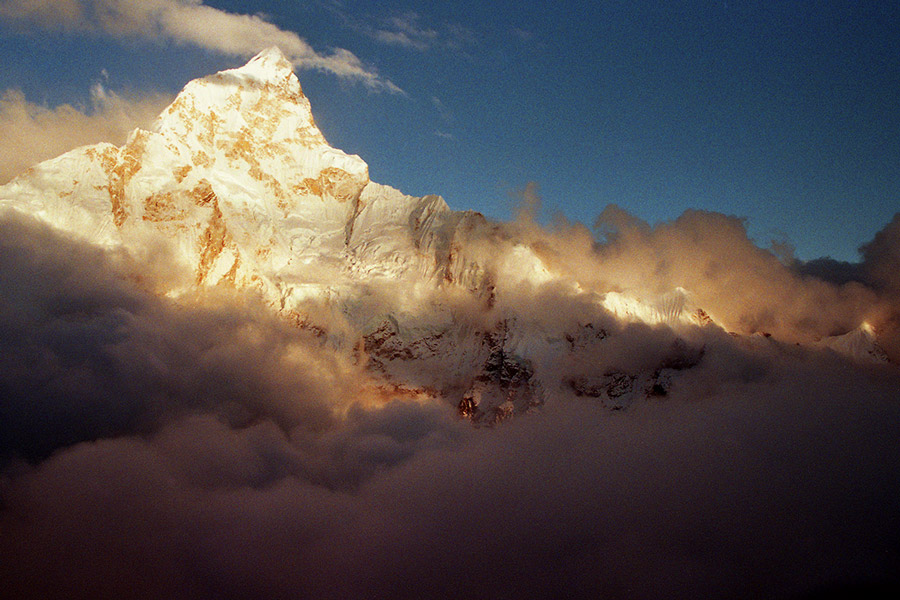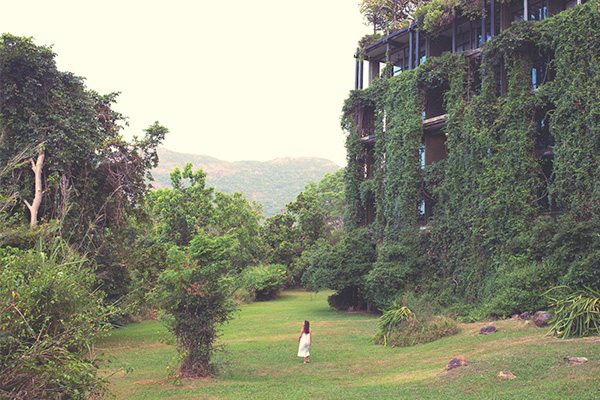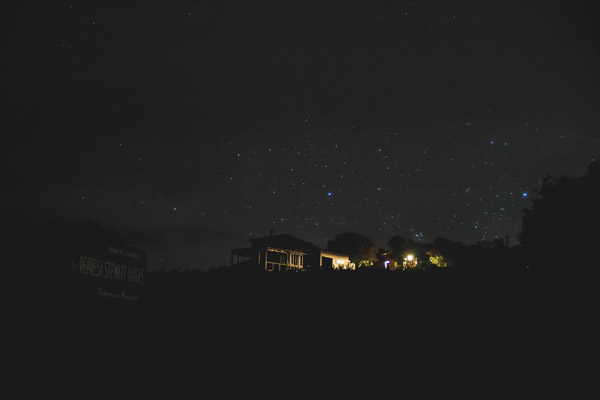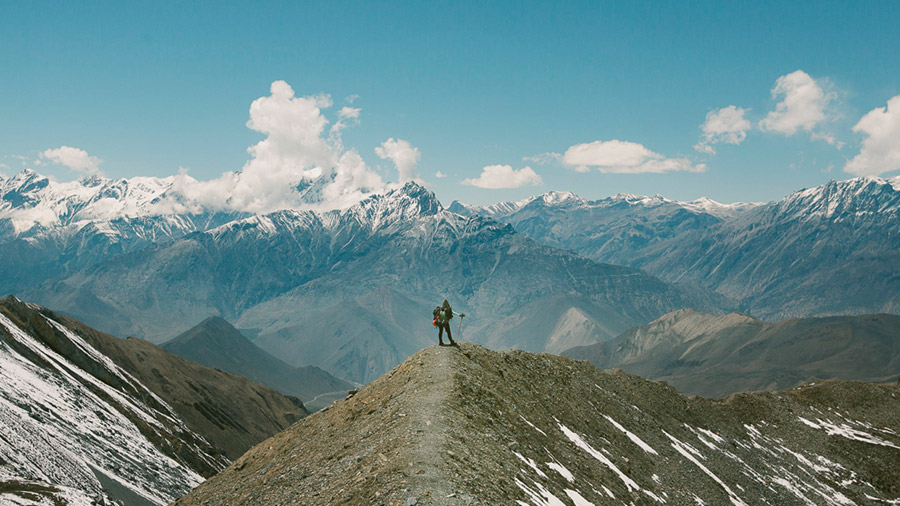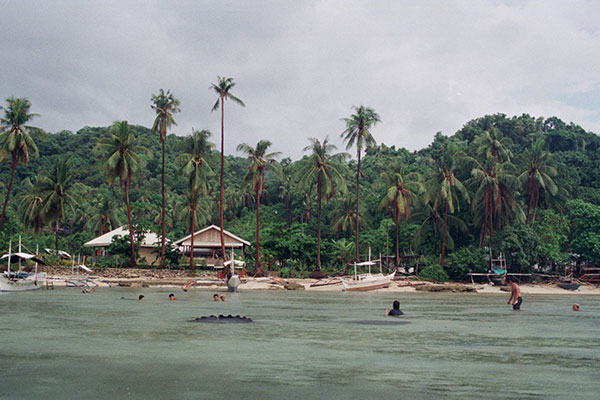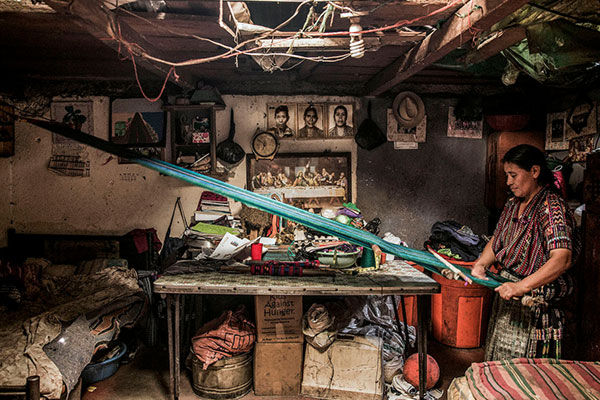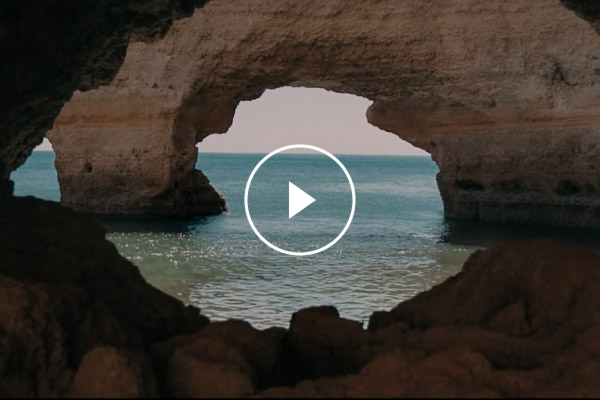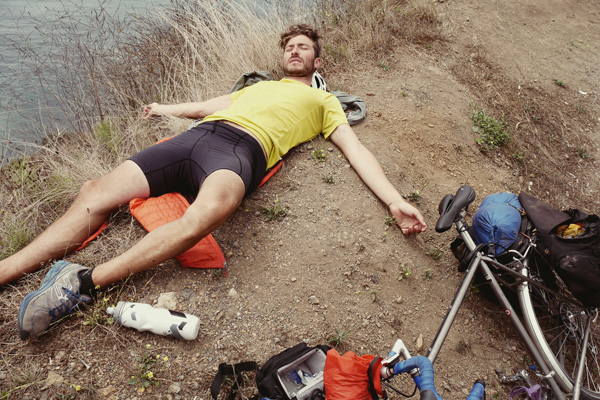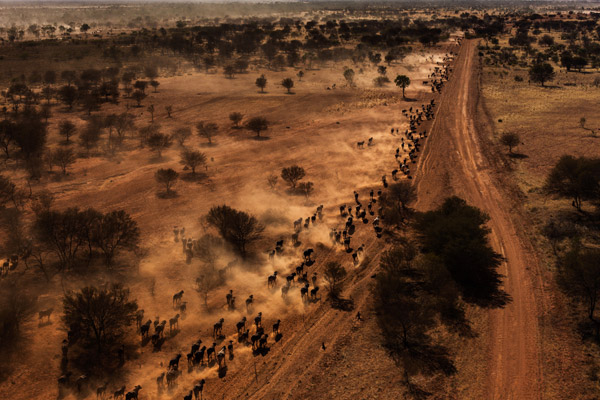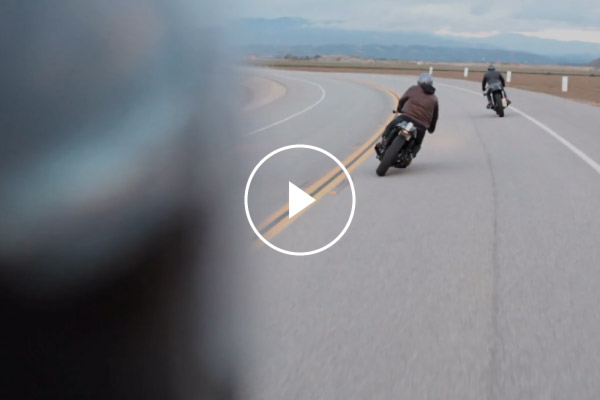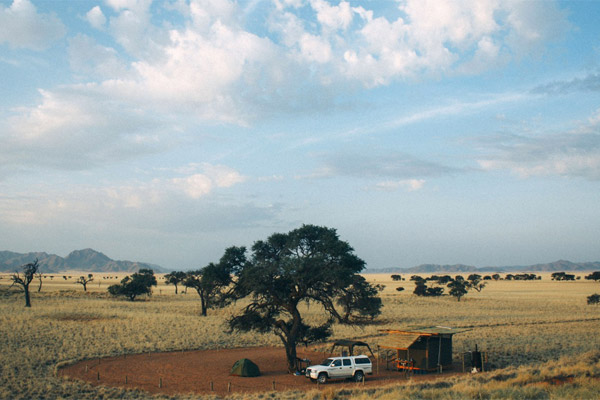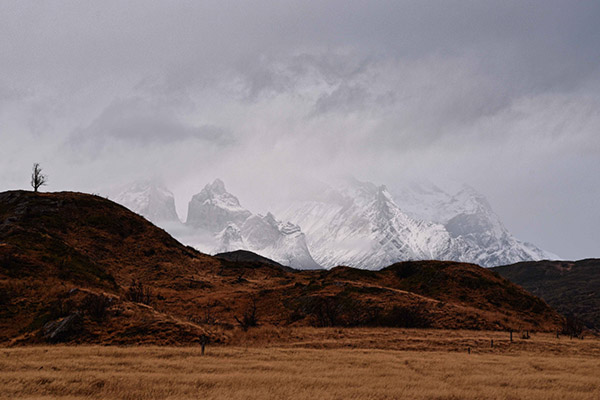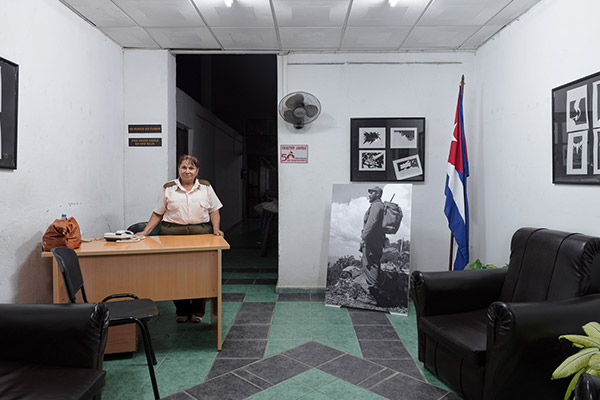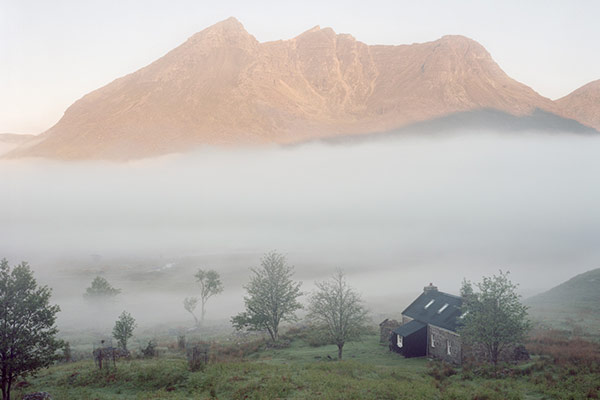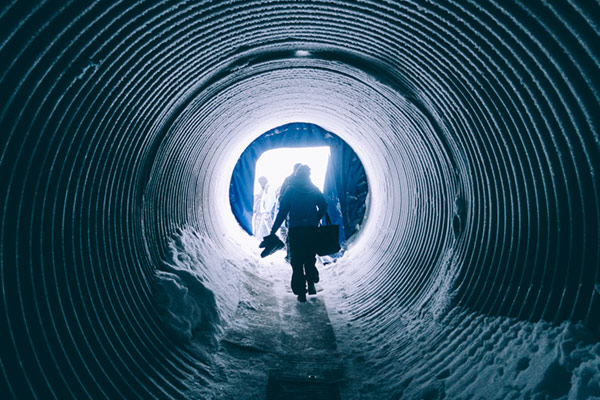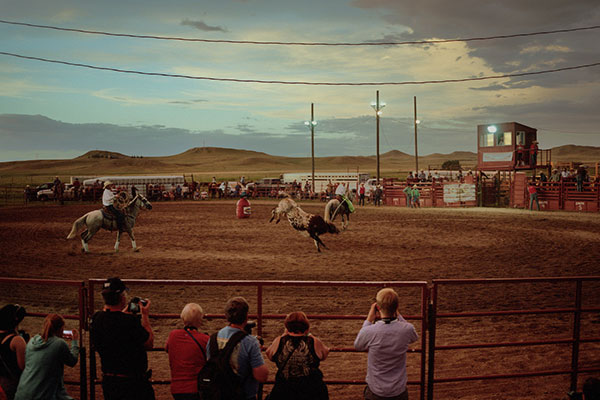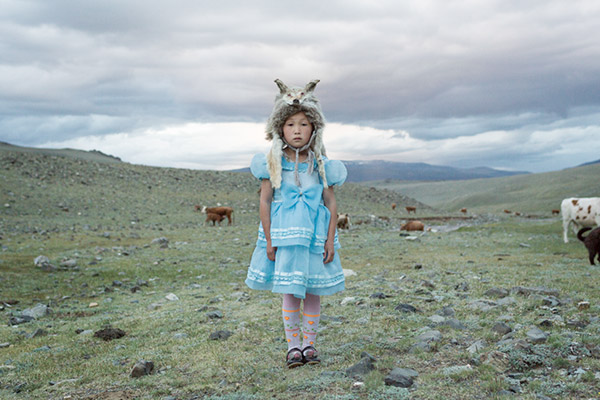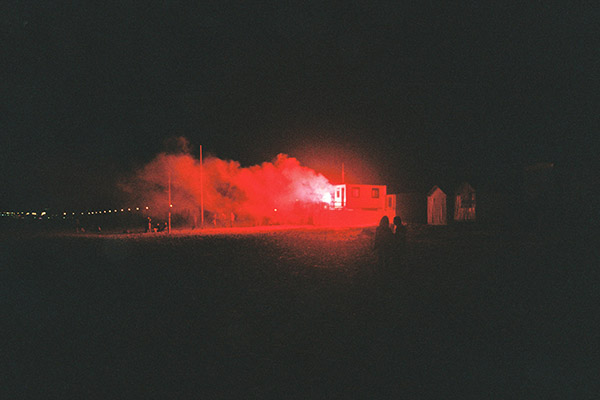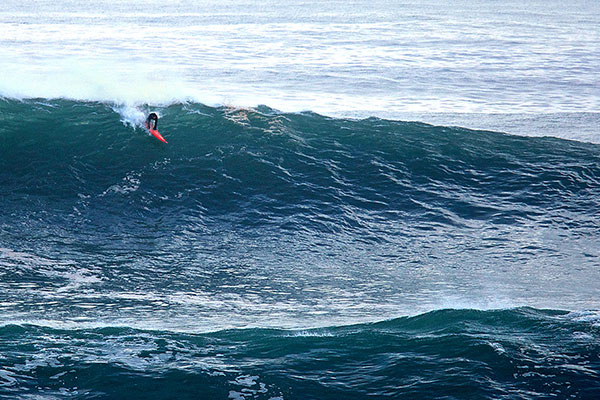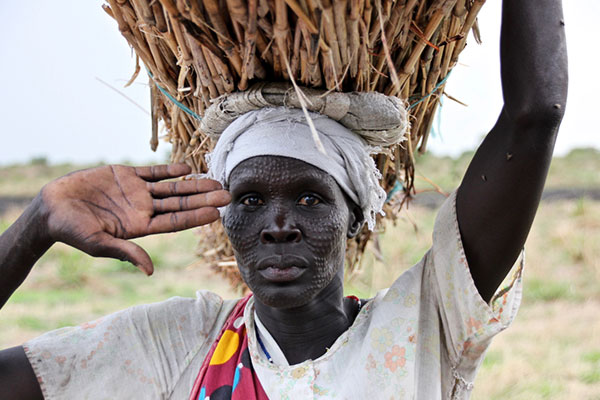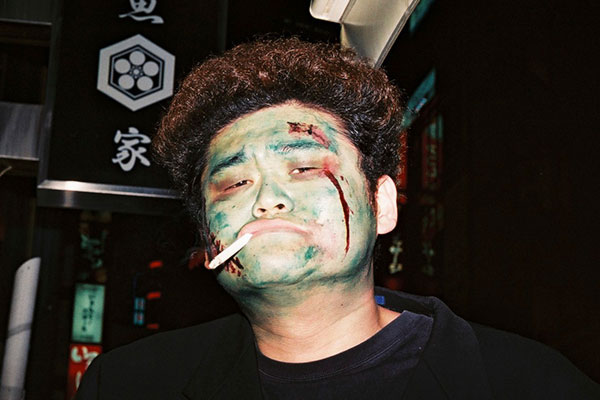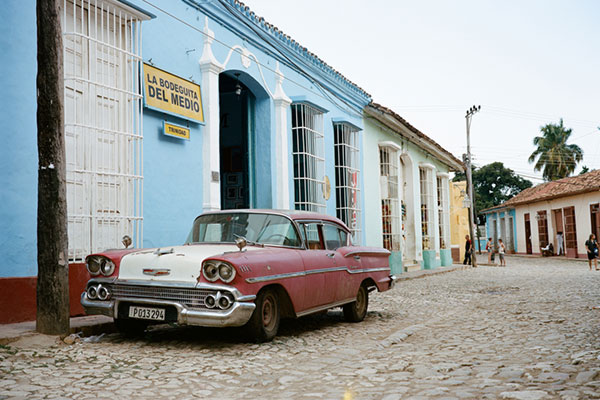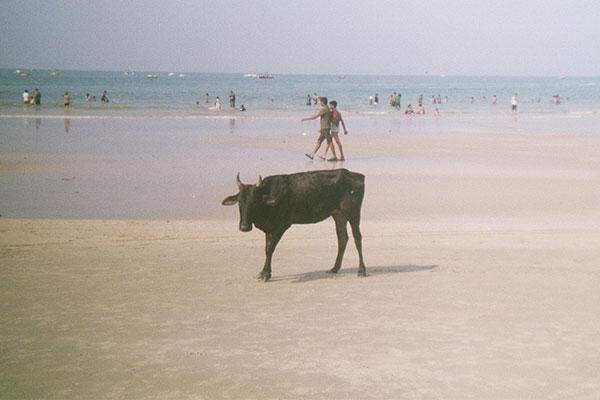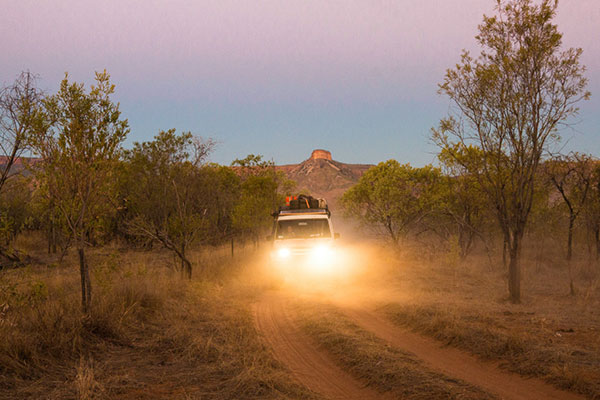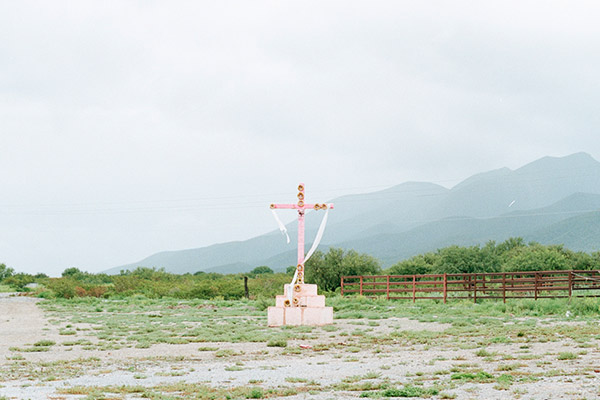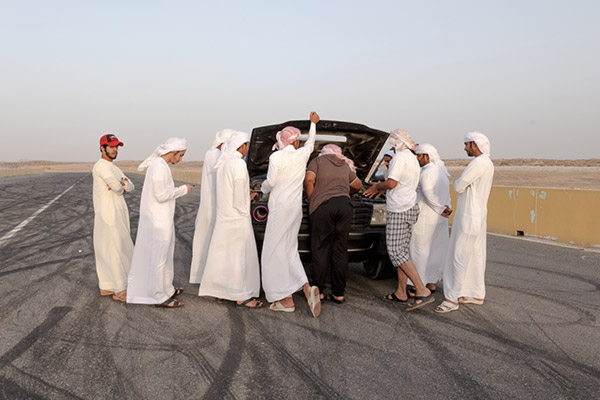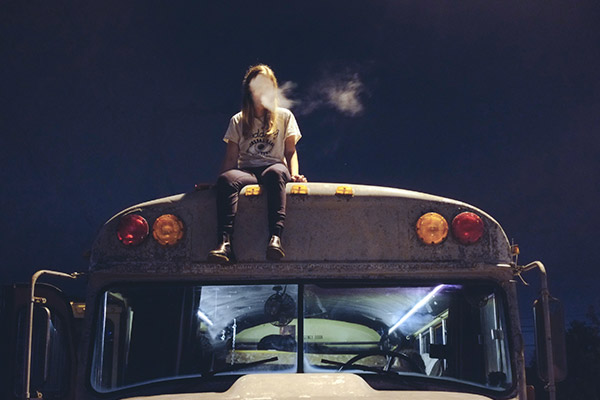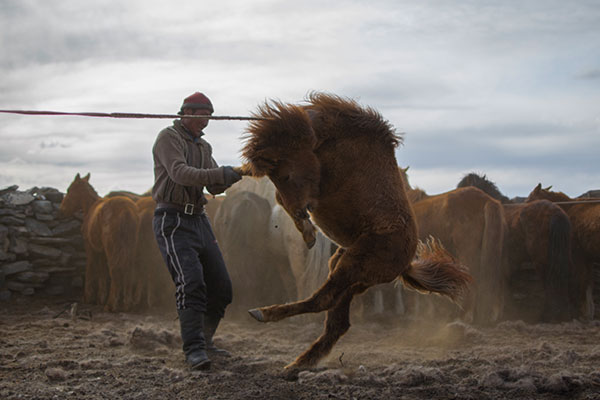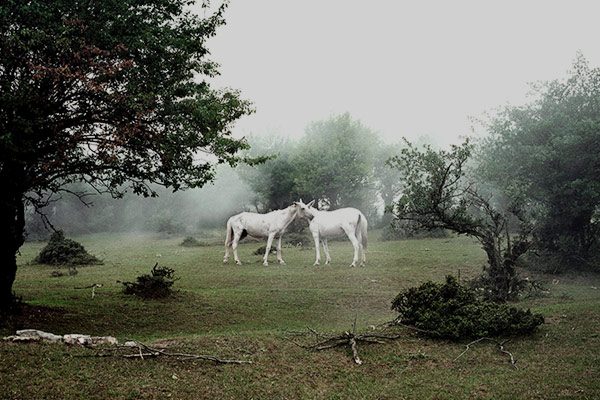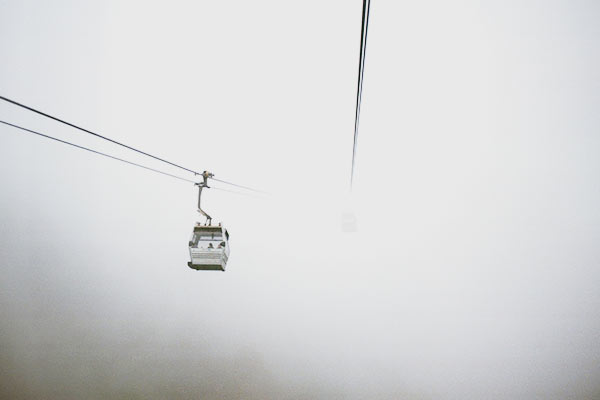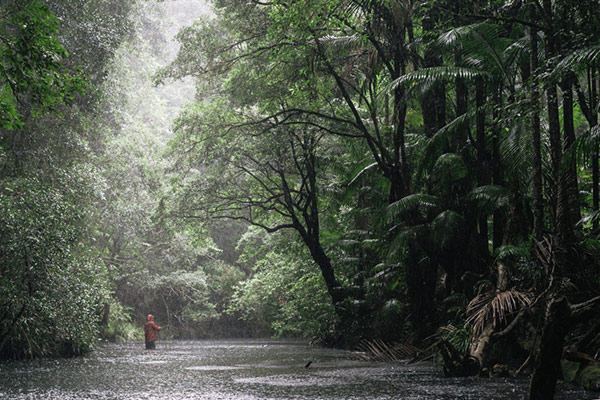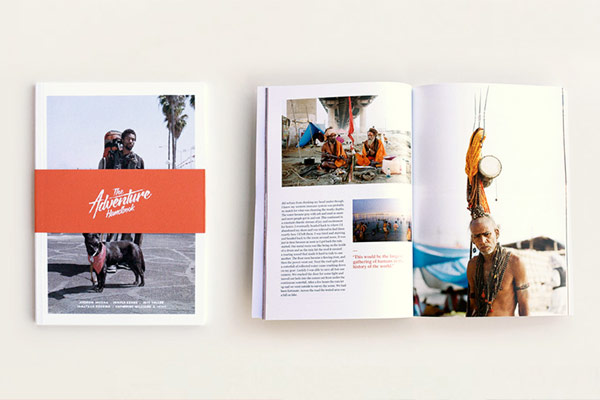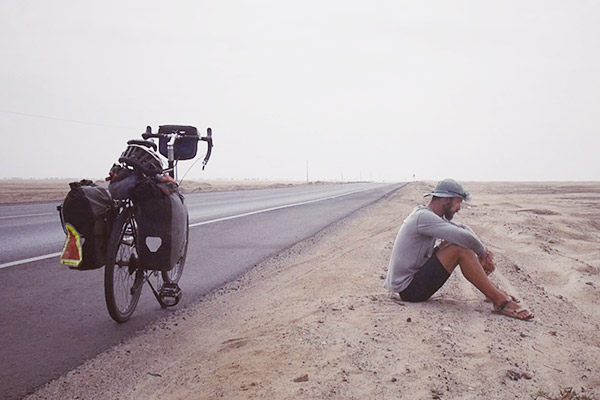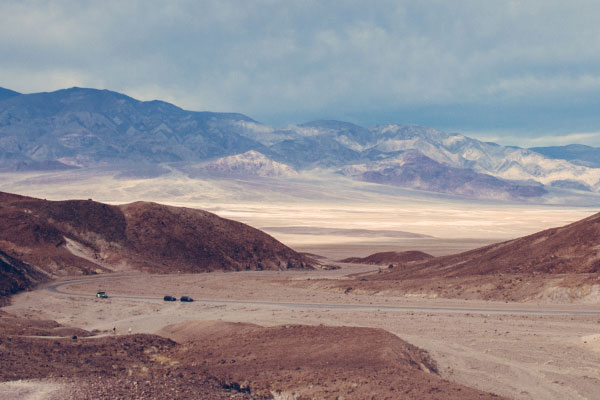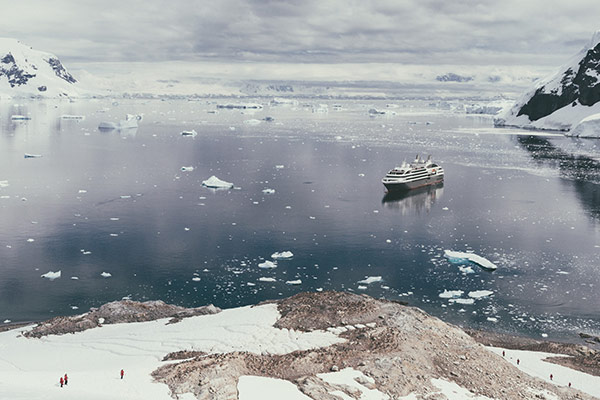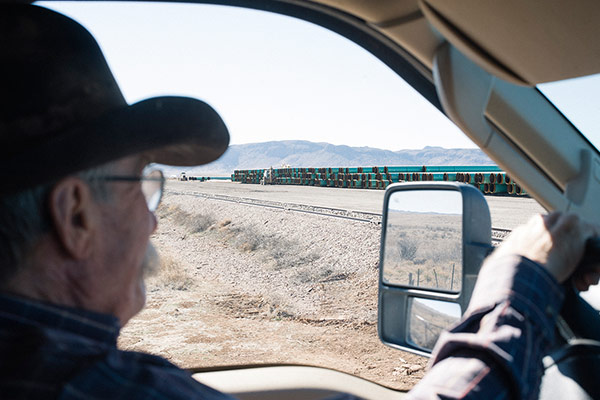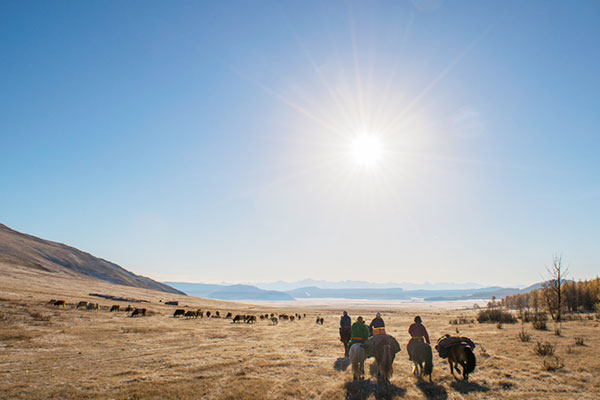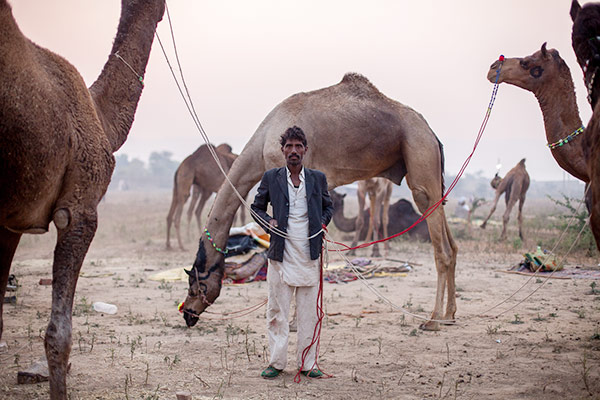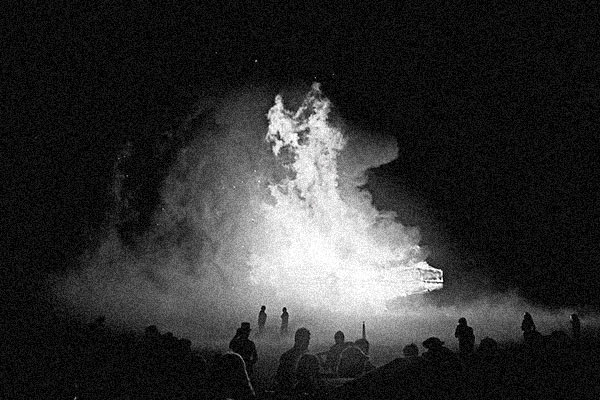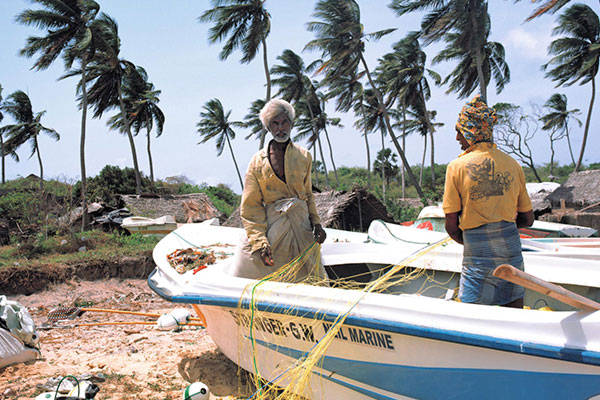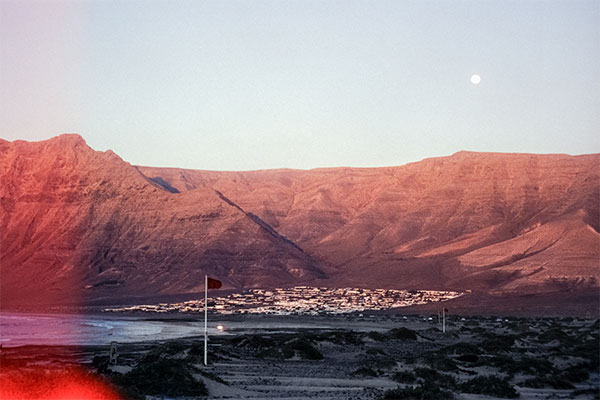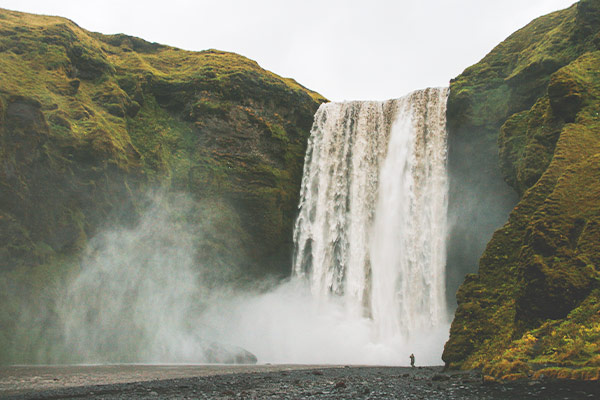Four-wheel driving through the Flinders Ranges, getting chased by emus, swimming with seals, dodging a cyclone – all in a days work for Adventure Handbook photographers Isabella Moore, Nick Green and Che Parker. Part 2 of our guide to South Australia picks up from where we left off as we unravel one of Australia’s best kept secrets.
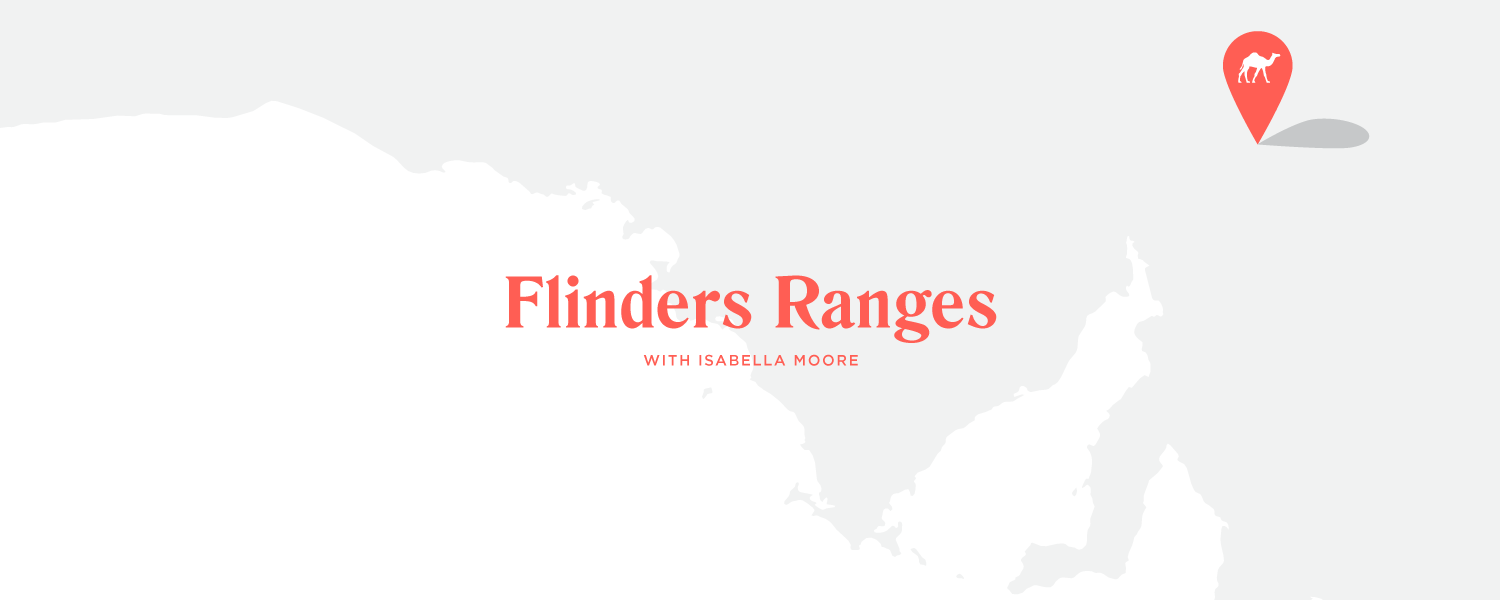
Witness
Adelaide runs Flinders Ranges blood like rivers through my veins now.
I never fell more deeply in love with nature this profoundly in Australia. At the core of my admiration is the endless changing landscape and weather. Many times in my life I’ve felt surprised that I could see anything more beautiful than I had just seen; the Flinders Ranges immediately blew my expectations, it didn’t even try very hard.
To the sleepy lizard, that moves along the dry desert floor, sticking its tongue out, not shy to my human presence. I wanted to bring him home with me. See his cute face everyday and smile because of it. Driving alongside the emu in motion whilst listening to Manu Chau on the radio was priceless comedy. A vision I’ll have stored for times when I’m needing fun and inspiration in my life.
Everyone in Adelaide, whether city or country, has a beautifully crafted pair of glasses, for reading or sun protection. We visited a historic mine called Blinman, learned the way of life that kind of work develops. The miners were superstitious; they used to leave the last part of their pasties for others who had died, from falling down holes or shafts. Copper mining ran here from 1862 until 1918 when the ore ran out. Driving into Arkaroola was like rolling up to an arid desert designed by Pink Floyd, all creative flair and genius planning.
The hills were stunning, in orange and green colours. We just had time for dinner and lamb shanks in a Twin Peaks style hotel and then a quick bush-bashing trip to the top of a hill next to a star observatory to photograph the haze and the stars beyond it.
The Ridge top tour was bumpier than a pregnant lady with triplets, plenty of times you’d think the trooper would’ve flipped copious times down the steepest hill you’ve ever seen in your life. You had a seat belt and gripped on to anything else for your life, and doing your best to glue your eyes to the window, so as not to miss the incredible landscape. Going to Adelaide, it’s just like going to Argentina or Alaska. It’s hours away, either totally arid or bountifully colourful, and entirely dry.
I fell in love with the Australian native pine trees, and their lime green leaves. And the millions of kangaroos! Red Kangaroo, Eastern Grey and the Euro. It’s a great gift to witness these observant mammals in the wild. The dependibility of the way they stare directly at you, then hop away a few hops, turn to look at you again, and repeat, until they finally are just specs in the distance. It’s mesmerizing, tranquil.
One early morning before sunrise, I walked to the camel pen. I was introduced to the camels, Ben, Annabel, Gypsy and so on. Camels were imported to Australia in the 19th century from Arabia, India and Afghanistan for transport, doing the heavy work in the outback. According to the Beltana Station camel experience, camels are 10 times more efficient than horses for transportation in the desert because they can tolerate the heat and the distance on less water and food.
The entire trip was consumed capturing ever changing landscapes from the car window. We covered roughly 1500km in 5 days, jumping in and out of the car to capture eagles, kangaroos, lizards, emus, camels and sheep from the side of the highway road. It becomes an obsession, forever looking for the still-more-perfect shot. The backdrops were just stunningly beautiful; we were but witnesses.
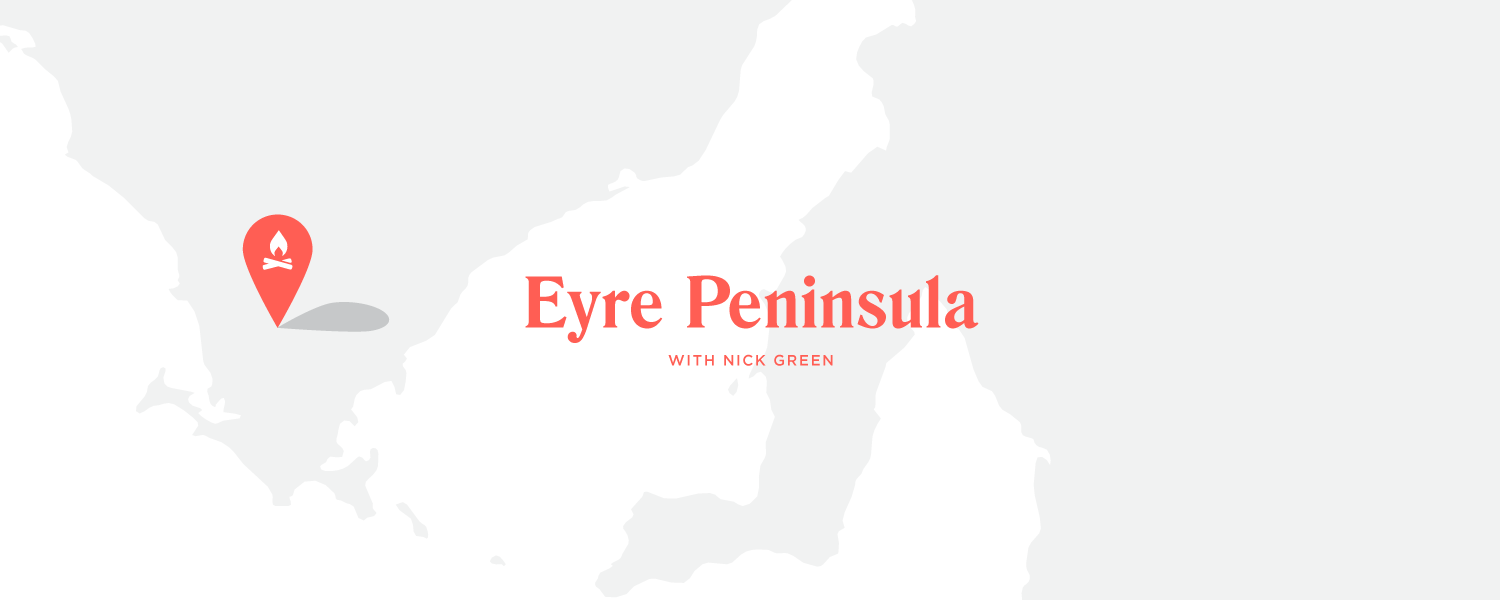
So many things so fast in so little time
Our adventure bus rolls through an old gravel road surrounded by dead shrubs and broken barbed wire fences. A group of kangaroos are chasing our dust, leaping through to the hazy trail we leave behind as the sun sets to the west. I don’t hear much, just the faint sound of small rocks being flung up behind the tyres and a vague sound of an acoustic guitar on the overhead radio.
We have been driving for a while now.
I can tell some of my companions are getting restless, eager to escape the confinements of the bus and stretch their legs. But I don’t mind it, there’s something about driving long distances I’ve always loved. It’s time to relax and to look back on what you’ve just done, or maybe what you’re about to do, a chance to take it all in, or let it all out. I grab a pen and paper from my bag and start jotting down some words…
I have just come to the unfortunate end of a week trip, exploring a small part of South Australia. In only a week I have done so much! I have: hiked mountains, watched the stars, camped in the bush, jumped off jetties, learnt about Australia’s history, swum with sea lions, swum with a shark! Caught a fish, ate that fish, made some friends, drunk some beers, toasted marshmallows on the camp fire, watched the sunset, watched the sunrise, spotted sleeping koalas, run with wild kangaroos, gotten chased by an emu, laughed until I cried, sand-boarded, explored caves, explored my country and found a new favourite place. I have only spent a week here in South Australia and I have achieved all this, and so much more… It makes me wonder what the possibilities are if I were to have more time… I think I might have to come back.
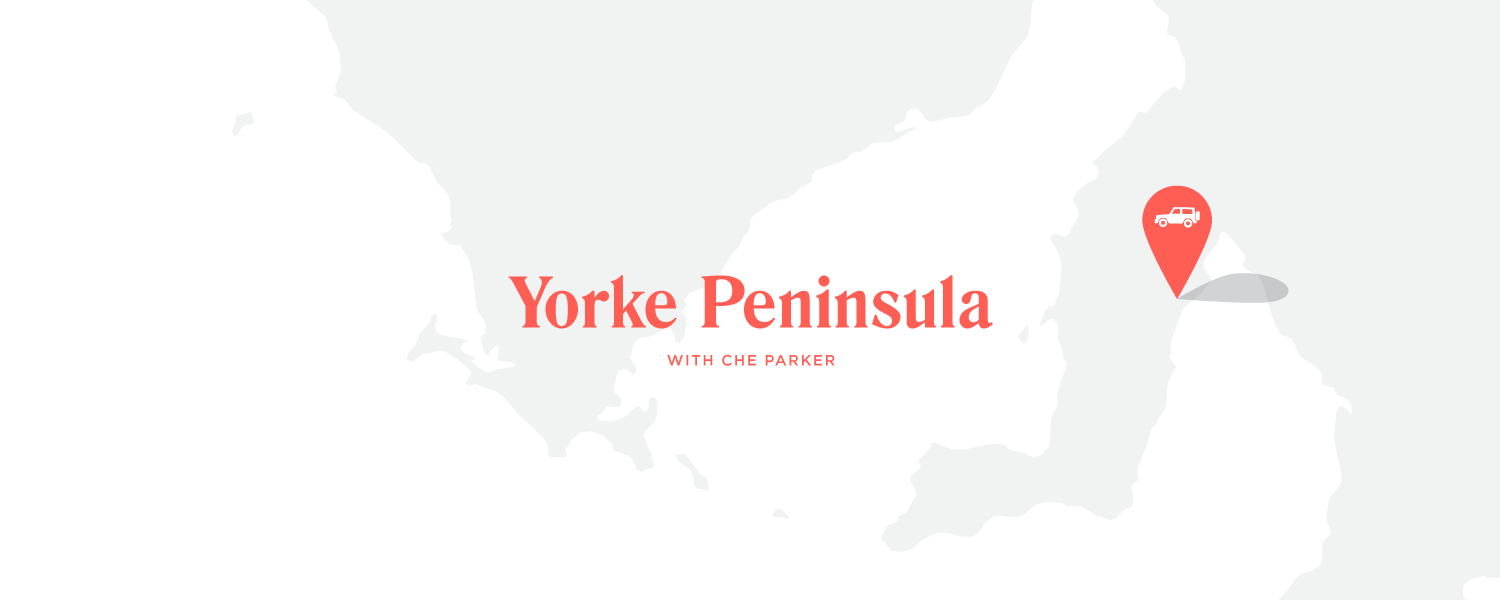
Cyclone Stan on my tail
As my plane took flight from Perth, tropical cyclone Stan had just made landfall some 2000km to the north. Rain on the storm’s outskirts had just reached as far south as the city, but I was headed swiftly east, to South Australia. To the Yorke Peninsula.
Driving away from Adelaide, down the east coast of the boot-shaped peninsula, I marvelled at the sun-burnt sparseness of the landscape. It was bleached. Blonde. The car moved through great golden paddocks of undulating barley and wheat stubble; bounced down limestone tracks that ran past decrepit cottages and great homesteads built of the same soft stone. Along cliff edges above dozens of stunning secluded coves. The landscape was so close to the city, but so empty. There was space.
Halfway down the peninsula’s eastern coast, at Port Vincent, I walked into the pub to buy a bottle of plonk. The weather was threatening to turn, and the thought of something warming in the belly as rain pelted down struck me as quite pleasant. I asked the woman behind the bar – herself as burnt and bronzed as the landscape she dwelt in – if they did take-aways.
“Riiiiiiight this way…” she said, leading me down and around the bar to a tiny corner that served as a bottle-shop.
I said “I’m after a bottle of red…” and she gestured to a small rack, “…something local, I reckon.” I scanned the labels, less than a dozen of them. “The McClaren Vale, the shiraz,” I decided.
This, she told me as she turned and reached up to the rack, was an excellent choice. Cradling the plonk in the palm of one hand, she finger-tipped the neck of the bottle with the other and tilted it toward me, displaying the label.
“2012,” she said with a wry smile and half a wink, before slipping the bottle into a brown paper bag.
That evening, on the top side of the peninsula’s boot at Couch Beach, I lolled in the warm shallow waters of the Spencer Gulf as clouds swept in and smothered the sunset. The remnants of Cyclone Stan, having crossed three deserts to get there, had descended upon the peninsula.
Thirty six hours later, having spent the interim day venturing out to storm-lashed cliffs above a turbulent grey sea, leaning steeply into buffeting winds and marvelling at a landscape that, in this weather, looked and felt like a sun-bleached Wales, I drove out into emergent sunlight. Heading west, the sun further beat back the clouds and saturated the samphire flats with colour; the deeply rich reds and greens of the succulents popped against the pallid paddocks.
At Corny Point I hopped and ambled amongst the great granite boulders that were beset upon the beach whilst waves peeled off the point. The boulders hosted yet more colour, coated in orange lichen set ablaze by the sun. Here again were immaculate beaches; crystalline and devoid of crowds.
Image and stories by Isabella Moore, Nick Green and Che Parker
These adventures were made possible by our partners Tourism South Australia.
Receive a postcard from us sign up

